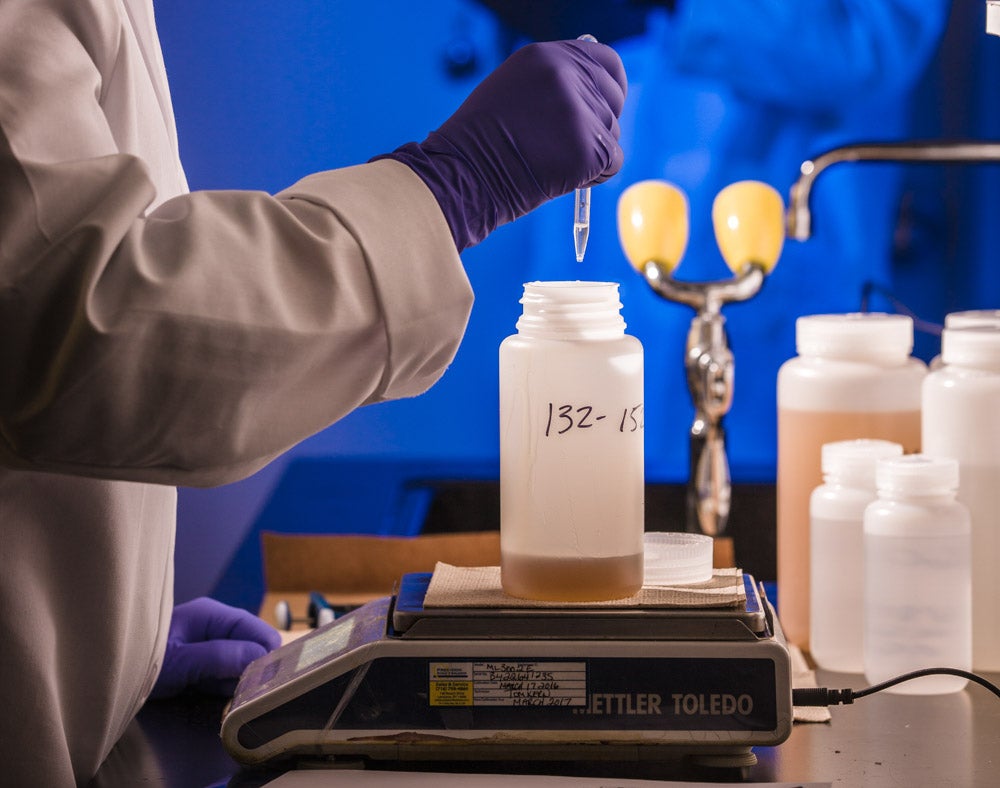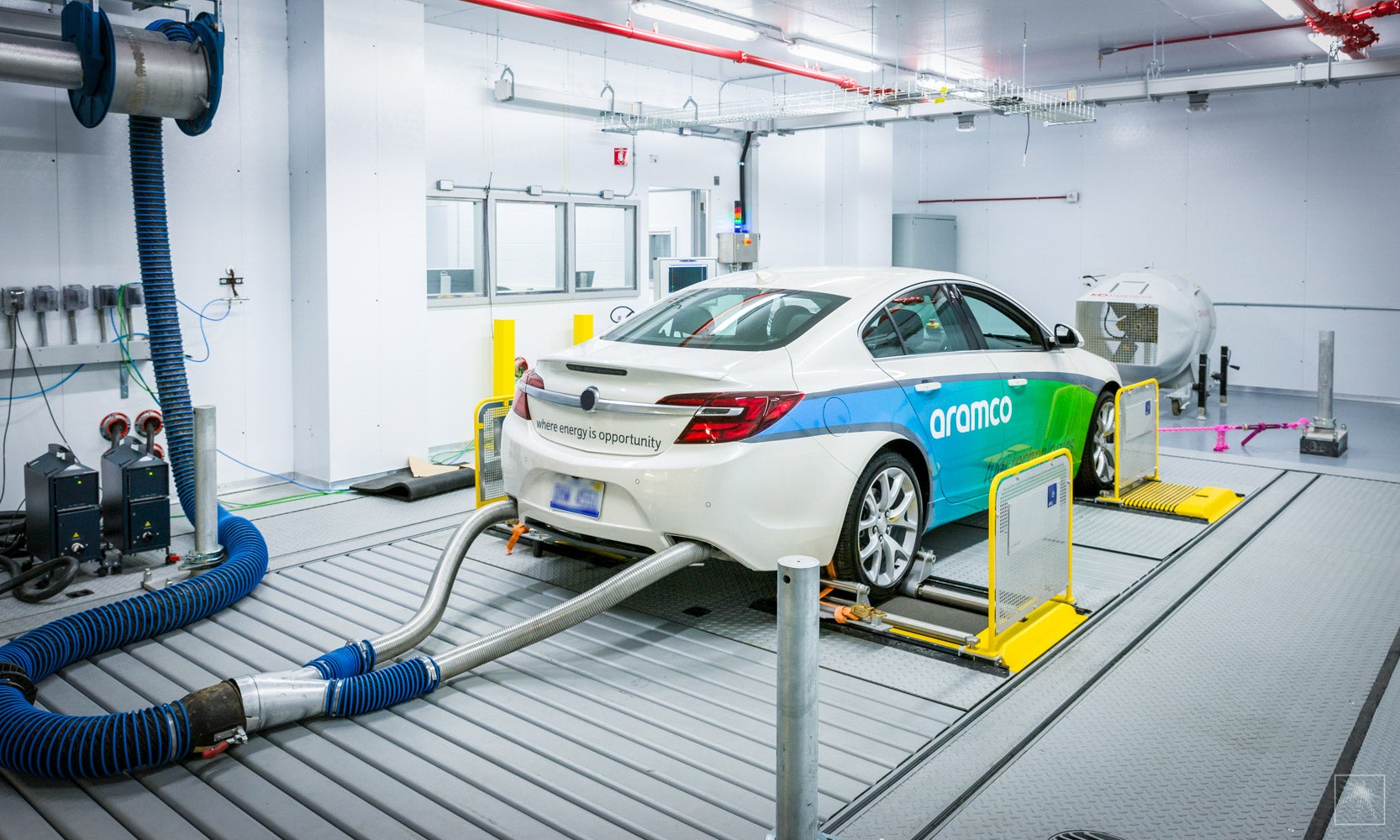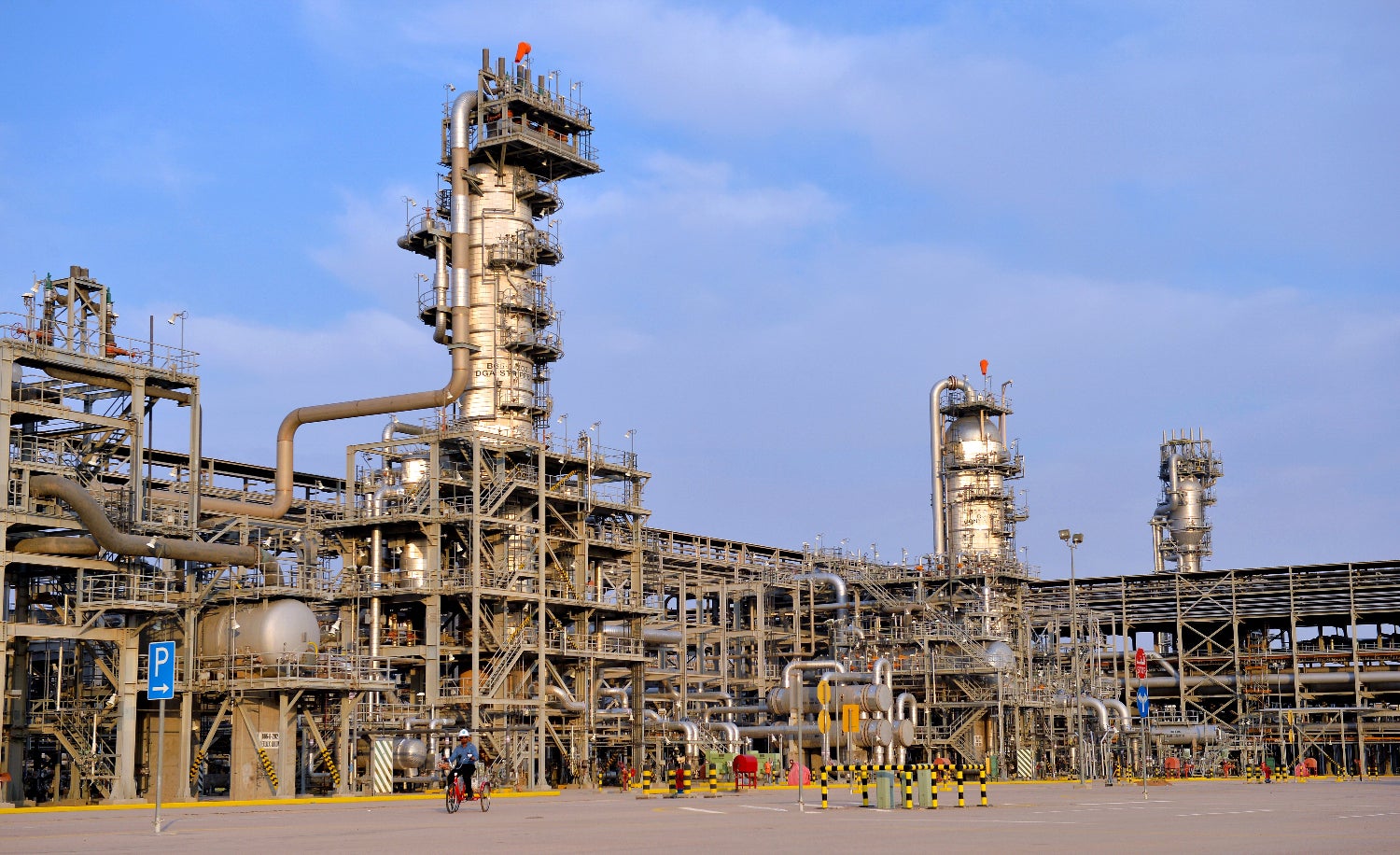From waste to resource: Can recycling CO2 help Saudi Arabia go green?
Several companies in Saudi Arabia are now recycling carbon dioxide to reduce emissions. But what does the future look like?
Black, viscous and millions of years old, crude oil is never far from controversy. But given its component parts go into everything from lifesaving pacemakers to the toiletries we use every day, it’s a valuable resource that – for now at least – we can’t afford not to use.
Now, a country that’s synonymous with petroleum is driving the shift to transform waste from oil production into even more useful resources in the hope that it can drastically reduce the environmental impact in the process.
Saudi Arabia is home to the second largest crude oil reserves in the world after Venezuela. And in 2020 – the latest data available from the US Energy Information Administration – it was the second largest oil producer, behind only the United States, with an output that equated to just over 11 million barrels a day, although this figure included crude oil, all other petroleum liquids, and biofuels.
Despite its economy being largely dependent on the oil industry, the country has committed to generating 50 per cent of its electricity from natural gas and renewable sources as part of its ambitious Vision 2030 plan. As part of the Saudi Green Initiative, it’s also aiming to reduce carbon emissions by more than 4 per cent of global contributions through multiple initiatives, including the planting of carbon-sinking mangrove forests.
To reduce its carbon footprint further, Saudi Arabia is now investing in carbon capture, utilisation and storage (CCUS) projects that turn carbon dioxide into useful and saleable products.
Creating energy efficient polyols
The majority of CCUS projects are currently underway in Europe and the US, with the Middle East, Australia, China, South Korea and New Zealand still catching up.
Saudi Aramco, the Kingdom’s national oil company, is currently the main investor behind CCUS projects in the country. It owns a 70 per cent stake in Sabic, the petrochemical company that built one of the world’s largest carbon capture and utilisation plants.

And back in 2016, Aramco acquired the technology for Converge, a petrochemical operation capable of turning captured CO2 into industrial grade polyols. These chemical compounds can be used to make coatings for household appliances, packaging as well as consumer and industrial adhesives. The resulting products also have applications in the automotive and medical industries.
Converge’s technology can create polyols with increased adhesion and tensile strength in “modest reaction conditions”, meaning the process takes place at just above room temperature rather than the high energy and high emissions processes seen elsewhere in the petrochemical industry.
And thanks to their increased strengths, the polyols are also more durable and offer better adhesive properties when they’re made into products and used in the real world.
Carbon capture on the go

Aramco has also been working on capture, storage and transport solutions for passenger cars as well as trucks. They have already demonstrated that it’s possible for vehicles to capture CO2 from their exhaust systems, which can then be taken to recycling plants to process into new materials or energy. This process is known as mobile carbon capture (MCC).
While deployment of the technology is still in its infancy, the results are already promising. At the end of 2019, it showcased a truck that was able to capture 40 per cent of CO2 from its exhaust pipe.
Reusing CO2 to reduce emissions
Carbon capturing and recycling is happening at the energy production stage too.
At the Hawiyah gas plant in eastern Saudi Arabia, Aramco is capturing up to 40 million standard cubic feet of CO2 every day – it’s enough to fill 440 Olympic-sized swimming pools.

That CO2 is piped 85 kilometres north, to Aramco’s Uthmaniyah oil field. There, it’s used to help maintain pressure in the reservoir and improve oil recovery, which in turn reduces carbon emissions in the oil production process and reduces operational costs.
Carbon in the drinks industry
Strides in CO2 recycling are also starting to be made outside of the energy industry.
As part of a unique partnership, gas manufacturer Gulf Cryo Saudi is capturing and cleaning emissions from the boilers of Saudi drinks company Sibco. The resulting beverage-grade CO2 is then used to carbonate Sibco’s drinks while reducing its carbon footprint at the same time. As much as 96 metric tonnes of CO2 will be recycled this way every single day.
Challenges of CCUS projects
CCUS projects are not without their challenges, though.
For Saudi Arabia, although it started investing in CCUS projects in 2015, the industry is still in relative infancy compared to early adopters such as the US. There’s limited investment, which could change if there’s significant growth in the market for products made from these recycled gases.
An increase in investment might not be too far in the distance given the drive towards more sustainable solutions in the Kingdom as part of the Saudi Green Initiative. And there is already a tangible road map.
The Oil and Gas Climate Initiative, a CEO-led group that aims to address the industry’s response to climate change – of which Aramco is a founding member – recommended in its 2021 report that there should be more private sector support for greenhouse gas recycling in Saudi Arabia.
In particular, the petrochemicals, refining, cement, fertiliser and power sectors could use recycled greenhouse gases to make synthetic fuels for export. Part of that process could involve building hubs across the Kingdom, especially in the industry-heavy east of the country, where emissions can be stored and transformed into products.
More cooperation with its regional neighbours could also help scale up the roll-out of existing technology, the development of new technology and increase Saudi Arabia’s low carbon exports.
During its G20 presidency last year, Saudi Arabia championed its circular carbon economy strategy on the world stage, reiterating the “reduce, reuse, recycle, remove” mantra. King Salman bin Abdulaziz said at the time: “Safeguarding the planet is of critical importance. With the increase in emissions due to economic growth, we must pioneer sustainable, pragmatic, and cost-effective approaches for achieving ambitious climate goals.”
Carbon dioxide recycling is a great example of that circular economy principle in action. If it’s scaled up enough, and working in conjunction with the country’s many other green initiatives, it might just help Saudi Arabia achieve its ambitious climate goals.
The Saudi Green Initiative is Saudi Arabia’s whole-of-government approach to combat climate change.
[This article was originally published in November 2021]



Bookmark popover
Removed from bookmarks